The History of Eishin-Ryū
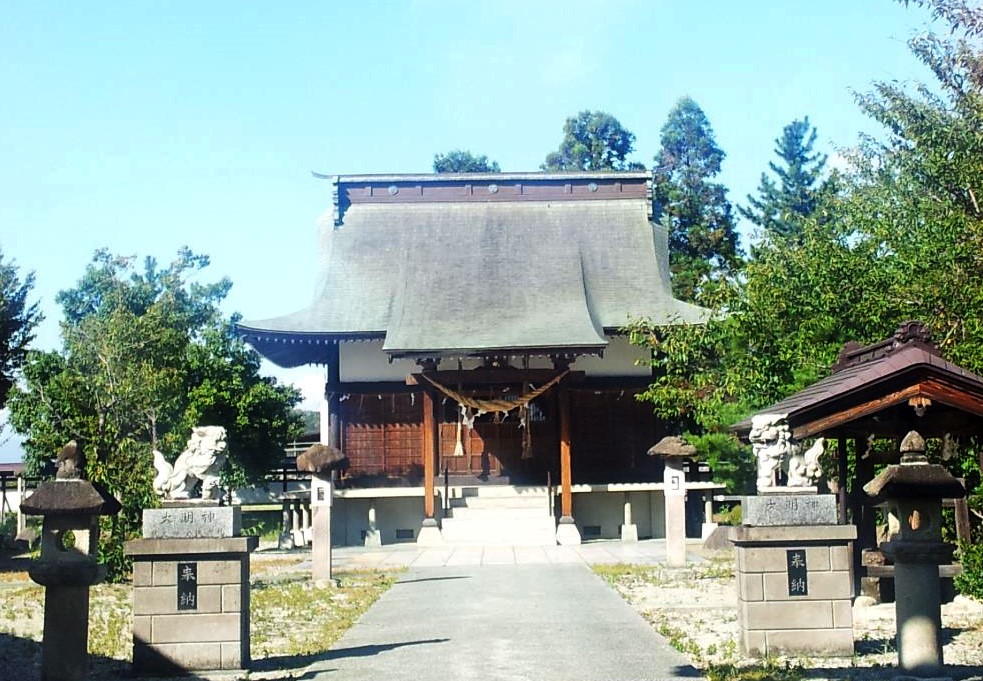 The art of iaijutsu is said to have been created by
Hayashizaki Jinsuke Minamoto no Shigenobu (1549 -
1621) in the mid-16th century, so he is credited as
being the founder of Musō
Jikiden Eishin-Ryū.
When he was
a young man, possibly still in his teens, his father was killed in a duel and
Hayashizaki vowed to avenge his father's death.
Realizing that he was not yet a skillful enough
swordsman to defeat his father's killer in the art of
kenjutsu, he retreated to the family shrine,
Hayashizaki Jinja (pictured at left), where he spent 100 days in prayer,
meditation, and
training to develop a method of drawing his sword from
its scabbard and cutting his opponent in a single
motion. Using this technique he was able to avenge
his father and founded a new concept and style of
swordsmanship, which we now call iaijutsu.
The art of iaijutsu is said to have been created by
Hayashizaki Jinsuke Minamoto no Shigenobu (1549 -
1621) in the mid-16th century, so he is credited as
being the founder of Musō
Jikiden Eishin-Ryū.
When he was
a young man, possibly still in his teens, his father was killed in a duel and
Hayashizaki vowed to avenge his father's death.
Realizing that he was not yet a skillful enough
swordsman to defeat his father's killer in the art of
kenjutsu, he retreated to the family shrine,
Hayashizaki Jinja (pictured at left), where he spent 100 days in prayer,
meditation, and
training to develop a method of drawing his sword from
its scabbard and cutting his opponent in a single
motion. Using this technique he was able to avenge
his father and founded a new concept and style of
swordsmanship, which we now call iaijutsu.
Iaijutsu was originally created for the ō-dachi -- an older style of sword with both a longer blade and handle than the samurai swords common to the 17th through 19th centuries. The 7th headmaster of the style, Hasegawa Chikara-no-Suke Hidenobu, adapted the techniques of iaijutsu to the shorter daitō or katana that was replacing the ō-dachi in the late 16th century. In 1590 Hasegawa was invited to Edo to demonstrate iaijutsu using the daitō to the Sei-i Taishōgun (supreme military commander of Japan), Toyotomi Hideyoshi. Toyotomi was so impressed by Hasegawa's demonstration that he publicly declared Hasegawa to be "musō ken"—"sword without equal". It is from this title that the style derives its current name, Musō Jikiden Eishin-Ryū. As mentioned, musō means "without equal". Jikiden is a term for "direct transmission" from headmaster to headmaster in an unbroken line of succession. Eishin is an alternative pronunciation of Hidenobu. And ryū means "school" or "style" or "lineage". So Musō Jikiden Eishin-Ryū is the unequaled, directly transmitted lineage (style) of Hasegawa Eishin.
Today there are three major branches or ha of Eishin-Ryū iaijutsu, which resulted when 17th generation headmaster Ōe Masamichi died in 1927 without personally appointing a successor. As a result, groups of senior students each followed one of the three possible successors who possessed a menkyō kaiden (license of full transmission) in the style: Hokiyama Namio, Masaoka Katsutane (aka Kazumi), and Yamauchi Toyotake. Thus, Eishin-Ryū is now practiced in three major variants or branches: Hokiyama-Ha, Masaoka-Ha, and Yamauchi-Ha. The Seishin-Kan practices Masaoka-Ha, which was passed down from Masaoka Katsutane to Narise Sakahiro to Miura Takeyuki to Shimabukuro Masayuki.

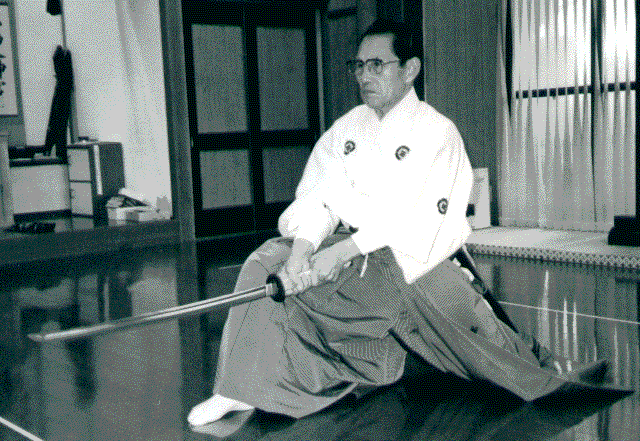
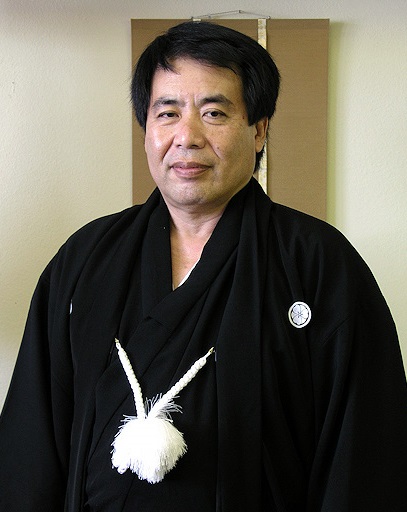
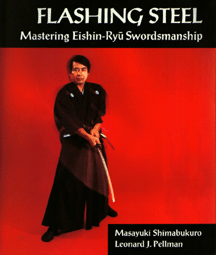 Flashing
Steel was the first book in the English
language to present the majority of the Eishin-Ryū
system in both text and photographs. It is no
exaggeration to say that the publication of Flashing
Steel sparked a significant increase in worldwide
interest in the art of iaijutsu. Within a
decade of its release, there were more Jikishin-Kai
members outside Japan than inside, with affiliated dōjō
throughout North America, South America, Europe, and
continental Asia.
Flashing
Steel was the first book in the English
language to present the majority of the Eishin-Ryū
system in both text and photographs. It is no
exaggeration to say that the publication of Flashing
Steel sparked a significant increase in worldwide
interest in the art of iaijutsu. Within a
decade of its release, there were more Jikishin-Kai
members outside Japan than inside, with affiliated dōjō
throughout North America, South America, Europe, and
continental Asia. 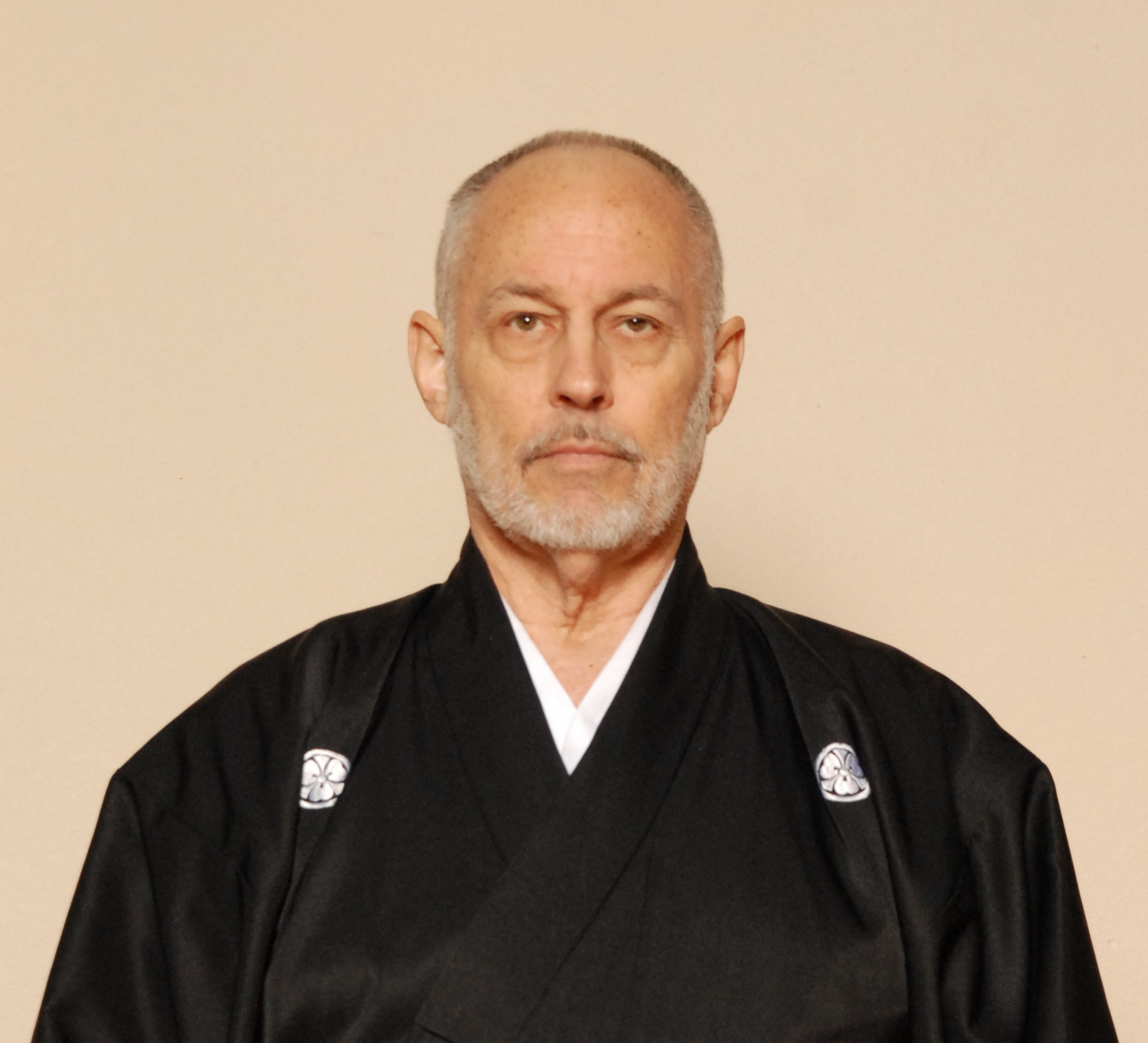
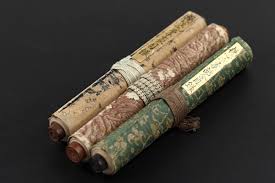 Eishin-Ryū
iaijutsu is a comprehensive system of samurai
swordsmanship with a curriculum composed of the
following sets of solo techniques and partner exercises:
Eishin-Ryū
iaijutsu is a comprehensive system of samurai
swordsmanship with a curriculum composed of the
following sets of solo techniques and partner exercises: